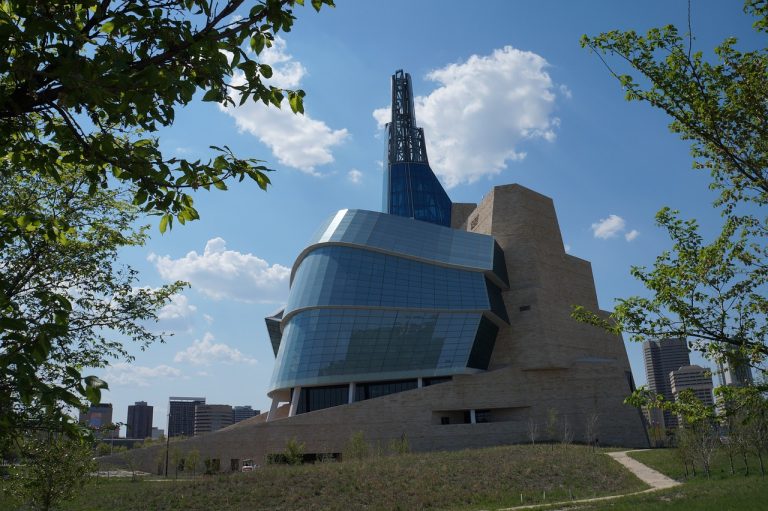Montreal Canada Video
Public Transportation in Montreal Canada: A Complete Guide
Public transportation in Montreal, Canada, is known for its efficiency and extensive network that connects various parts of the city. Whether you’re a resident or a visitor, understanding the public transportation system is essential for navigating Montreal and exploring its vibrant neighborhoods. This guide provides a comprehensive overview of Montreal’s public transportation options, including buses, metros, trains, and more.
Montreal Buses
Montreal’s bus network is operated by the Société de transport de Montréal (STM) and covers the entire city. Buses are a popular mode of transportation, offering convenient access to various neighborhoods, attractions, and commercial areas. Key features of Montreal buses include:
- Extensive Coverage: The bus network in Montreal covers a wide area, ensuring that most locations within the city are easily accessible.
- Frequency: Buses generally operate at regular intervals, with peak hours having more frequent service.
- Accessibility: STM buses are equipped with ramps and designated spaces for passengers with disabilities.
- Fare Payment: Exact change or the use of an OPUS card is required to pay for bus fares. OPUS cards can be purchased at various locations, including metro stations.
- Real-Time Information: STM provides real-time bus arrival information through their website and mobile app, allowing passengers to plan their journeys more effectively.
Montreal Canada Image 1:

Montreal Metro
The Montreal Metro is a rapid transit system that serves as a convenient and efficient mode of transportation for both residents and tourists. Key features of the Montreal Metro include:
- Four Lines: The metro system consists of four lines: the Green Line, Orange Line, Yellow Line, and Blue Line. Each line serves different areas of the city.
- Accessibility: The metro stations are equipped with elevators and escalators, making them accessible to passengers with disabilities.
- Frequency: Trains operate at regular intervals, especially during peak hours, ensuring minimal waiting time for passengers.
- OPUS Card: The OPUS card is the preferred method of payment for metro fares. It can be purchased at metro stations and recharged as needed.
- Operating Hours: The metro operates from early morning until midnight, with extended hours on weekends and during special events.
Montreal Canada Image 2:

Montreal Trains
Montreal’s train system provides intercity and regional transportation options, connecting the city to other parts of Quebec and neighboring provinces. The main train station in Montreal is Gare Centrale, located downtown. Key features of Montreal trains include:
- VIA Rail: VIA Rail operates intercity trains, offering connections to major cities in Canada, including Toronto, Ottawa, and Quebec City.
- AMT Trains: Agence métropolitaine de transport (AMT) operates regional trains, providing commuter services to suburban areas around Montreal.
- Connections: Montreal’s train stations are well-connected to the metro and bus networks, allowing seamless transfers between different modes of transportation.
- Ticketing: Tickets for train travel can be purchased online, at train stations, or through mobile apps. It is advisable to book in advance, especially during peak travel seasons.
- Comfort: Trains offer comfortable seating, onboard amenities, and scenic views, making train travel a pleasant experience.
Montreal Bixi Bikes
Bixi is a popular bike-sharing system in Montreal, providing a convenient and eco-friendly transportation option for short trips within the city. Key features of Montreal Bixi bikes include:
- Availability: Bixi bikes are available at numerous docking stations throughout Montreal, making it easy to find and return bikes.
- Easy Rental: Users can rent Bixi bikes using a credit card at any docking station. Short-term and long-term rental options are available.
- Flexible Usage: Bixi bikes can be used for one-way trips or round trips, allowing users to conveniently commute or explore the city at their own pace.
- Cost-Effective: Bixi bike rentals are affordable, with various membership options available for frequent users.
- Cycling Infrastructure: Montreal boasts an extensive network of bike lanes and paths, providing a safe and enjoyable cycling experience.
Montreal Canada Image 3:

Montreal Taxis and Rideshares
Taxis and rideshares are readily available in Montreal, offering convenient door-to-door transportation options. Key features of Montreal taxis and rideshares include:
- Taxi Companies: Various taxi companies operate in Montreal, providing reliable and licensed transportation services.
- Rideshare Services: Popular rideshare platforms like Uber and Lyft operate in Montreal, offering an alternative to traditional taxis.
- Booking: Taxis can be hailed on the street, booked through phone apps, or found at designated taxi stands. Rideshares can be requested through their respective mobile apps.
- Fares: Taxis charge fares based on a metered system, while rideshares have transparent pricing displayed on the app.
- Availability: Taxis and rideshares are available throughout the city, making them a convenient option for getting around.
Montreal Ferries
Montreal offers ferry services that connect different parts of the city, providing a unique and scenic way to travel. Key features of Montreal ferries include:
- St. Lawrence River: The ferry services operate on the St. Lawrence River, offering picturesque views of the city skyline and waterfront.
- Routes: Ferries connect various locations, such as Old Montreal, Parc Jean-Drapeau, and the South Shore.
- Frequency: Ferry services operate at regular intervals, allowing passengers to enjoy a leisurely ride while avoiding road traffic.
- Accessibility: Ferries are equipped with facilities to accommodate passengers with disabilities.
- Fare Payment: Tickets can be purchased at the ferry terminals or through mobile apps, with options for single trips or day passes.
Conclusion
Montreal’s public transportation system offers a comprehensive and efficient way to explore the city. From buses and metros to trains, bikes, taxis, rideshares, and ferries, there are various options to suit different travel needs. Understanding the features, accessibility, and fare payment methods of each mode of transportation will enable you to navigate Montreal with ease and convenience.
References
– stm.info (Société de transport de Montréal)
– viarail.ca (VIA Rail Canada)
– amt.qc.ca (Agence métropolitaine de transport)
– bixi.com (Bixi Montreal)
– uber.com (Uber)
– lyft.com (Lyft)







